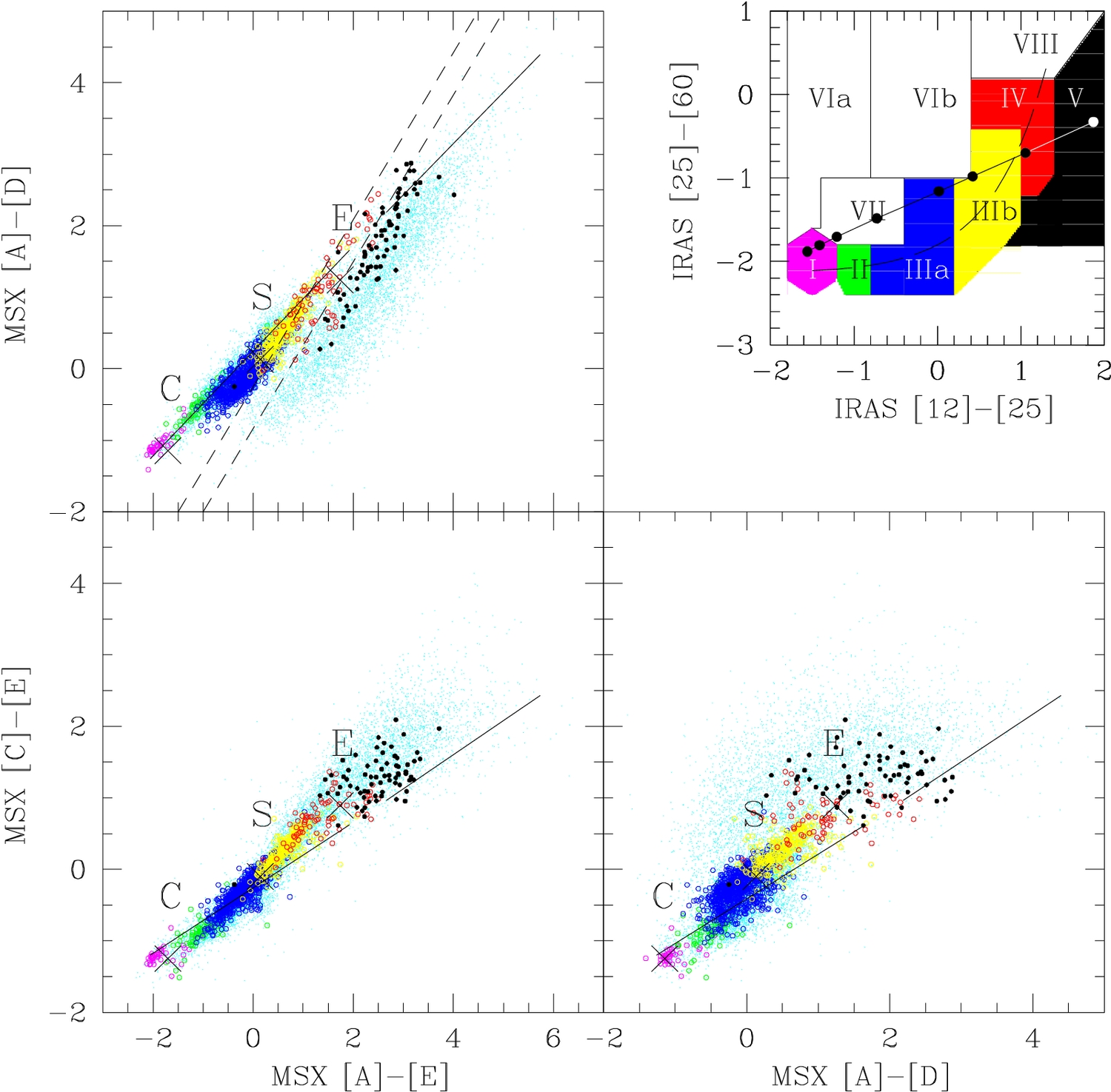Daily Image
26-11-2015Today's Colloquium: The "BAaDE" SiO maser survey in the Galactic Bulge
| Submitter: | Lorant Sjouwerman (NRAO) |
| Description: | The "Bulge Asymmetries and Dynamic Evolution" (BAaDE) project aims to significantly improve our knowledge about the dynamical content and evolution of the Galactic Bulge. The project is designed to detect thousands of line-of-sight velocities of evolved stars, which are likely to show SiO maser emission when selected on infrared color. Statistically, this sample will complement optical and near-infrared surveys that are performed at higher Galactic latitudes to reduce bias due to extinction, and outweigh the available data at the low latitudes in the Galactic Plane where dynamical and evolutionary features are most prominent and not blurred by off-plane effects. Follow-up observations in the infrared and with connected and very long baseline interferometers of individual sources will yield stellar and circumstellar shell properties, parallax distances and proper motions, and provide consistency checks with the BeSSeL and GAIA surveys. Here I will briefly describe the motivation for the project, the preparations performed in the last few years, the current status, and the work to be performed in the next few years. Topics to be included are previous work on maser stars, an infrared color selection to maximize the SiO maser detection rate, Carbon-rich star pollution of the sample, a particular calibration method which had to be adopted due to the lack of calibrators and to reduce calibration overhead, as well as the special data reduction tricks to go with this calibration. I will show some of the data samples that we are obtaining, and touch on remaining challenges. The IRAS color-color diagram (upper right; Van der Veen & Habing, 1988) plays an important role in the selection of SiO maser targets but unfortunately cannot be used in the Galactic Bulge to benefit the BAaDE project. Using a judicious selection in MSX colors instead (shown by the diagram) we manage to obtain a detection rate of over 70%, which provides the key to the success of this project. |
| Copyright: | Lorant Sjouwerman (NRAO) |
| Tweet |  |
